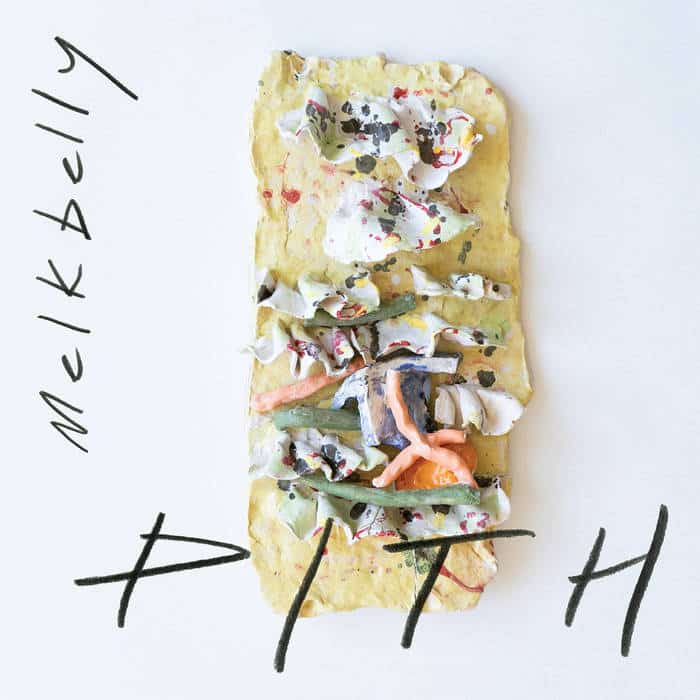Melkbelly’s James Wetzel on Time and Space


Hello, Modern Drummers! My name is James Wetzel, and I play drums in the noise rock band Melkbelly, along with a few other projects (Ree-Yees, Mode Hexe). I’m honored to contribute here, and I want to share a bit about how and why I use drum machines and synths as an extension of my drum work.
Once drum machines and sequencers perfected (in some sense) the time-keeping process, it forced drummers to reckon with their role in a band.
Prior to these technologies (with the exception of free-jazz pioneers) the drummer’s primary role was to create a groove that the band could mark the passage of time within. Now, if that is all they can do, a drummer risks becoming obsolete and redundant.
That’s not to say that simply timekeeping is insufficient, but stopping there leaves a lot to be desired. To stay relevant to music making, drummers must evolve their practice to overcome the challenge technology poses. Advertisement
In my own case, I meet this challenge by redirecting my attention from timekeeping to “space” keeping. If a machine, or even a previously recorded drum track, places the beat perfectly in time, I focus instead on more spatial elements of drumming—playing the beat in different spaces, orchestration, accents, and melody. Here is where linear exercises have exerted a huge influence on my playing. In linear beats, the space is almost more important than the time. Change the space, change the orchestration, offset the beat—all while the time and underlying rhythm remain the same. This also frees us up to emphasize accents that shift our hearing toward polyrhythms and develop our polymeter rhythm playing.
Space is implicit in timing. Programming complex linear patterns on a drum machine to play along with allows the reprogramming of our subconscious musical brains. We not only start to better grasp the beats being spit out by the machine, but we can also create a dialogue with it. Locking into the passage of time frees us from it. This allows us to reallocate our unused attention and leftover CPU to those spatial elements and really focus on how the drums can sing.
In my own musical practice, I regularly employ drum machines and synthesizers to create a time-loop, and then overlay that with additional sounds to create a more dynamic sonic texture. My go to synths (Buchla 230e, STS Serge Modular) can be patched with audio inputs that are incredibly responsive and reactive to what I’m playing on the kit. From there, I jump right in, keeping up with the time the machines are laying down, but directing my creative energy at rearranging and orchestrating the space, and extracting polymetrical accents. Advertisement
Most recently, on the practice front, I have directed my efforts towards displacement, which equally depends on timing and spacing. Once you know a pattern well enough to play it without thinking, try displacing or offsetting it by eighth or sixteenth notes, and then try every displacement variation. Doing this effectively demands perfection (or at least as close as we can get to it). Mechanically we’re playing the same pattern or the same accents, just located elsewhere. Shifting it forward or backward by any amount forces you to exhibit complete control over both time and space, and effectively creates any number of variations of the same pattern. The result refines our ear and immensely improves control and feel on the kit. This is a lesson I learned from the mad man Matt Garstka (I also recommend his universal function method).
Some of the other drummers that have helped me in this direction are Milford Graves, Ed Blackwell, Brian Chippendale, Elvin Jones, Muhammad and Rashied Ali, Jaki Liebezeit, Han Bennink, Tony Williams, and Alan Dawson—just to name a few.
I met Han Bennink once after a gig he played here in Chicago, and we immediately started talking drums. He said to me emphatically, “Oh, you play drums too? Never give up!” This, along with the Ed Blackwell quote, “Neglect your art for a day, and it will neglect you for two,” resonate with me daily, and seem to be a good point to end on. Thanks for reading and remember, space is the place! Advertisement



